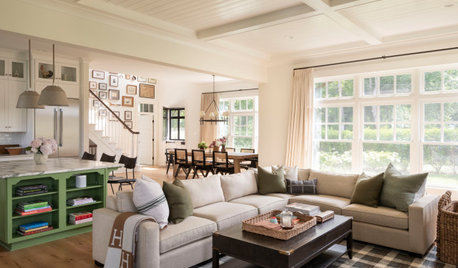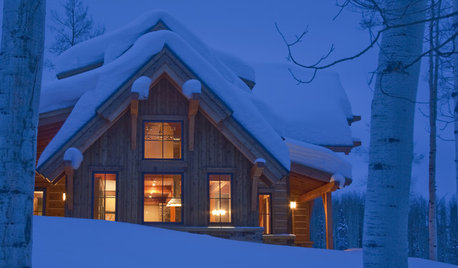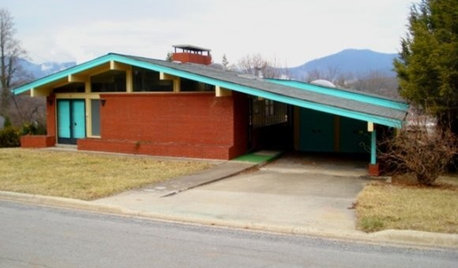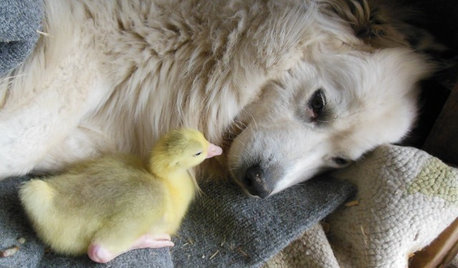Cupro 2005 T/N/O = Kocide ??
marcelo1
15 years ago
Related Stories

FURNITUREYour Essential Sofa Buying Guide
Here’s what to consider when looking for a quality sofa that will last
Full Story
How to Fight Off Blue Monday at Home
10 ways to counteract the "most depressing day of the year"
Full Story
COLORBest Ways to Use Exclusive Plum, Sherwin-Williams’ Color of 2014
Pretty, moody, maybe even a neutral, this toned-down grayish purple can work in any room. Here's how
Full Story
GARDENING GUIDESGarden-Friendly Native Alternatives to Overplanted Exotics
There are lots of gorgeous, wildlife-friendly native plants ready to make an appearance in your garden
Full Story
LIFEIs Cabin Fever Real? Share Your Story
Are snow piles across the U.S. leading to masses of irritability and boredom? We want to hear your experience
Full Story
LIFEHouzz Call: Show Us the House You Grew Up In
Share a photo and story about your childhood home. Does it influence your design tastes today?
Full Story
GREEN BUILDINGThe Future of Smart Design: Reuse, Reduce, Recycle
See why reducing waste in a home construction project should appeal to every architect, designer and client
Full Story
COLORSpeed-Dial Color Selection to Get the Best Result
You’ve belabored your color decisions and are still stuck. Here is how to evaluate your space and make choices that are right for you
Full Story
HOUZZ TV FAVORITESHouzz TV: Life, Love and Purpose Down on the Farm
A Missouri native proves that you can go home again — and discover something entirely unexpected
Full Story
HOUZZ CALLHouzz Call: Show Us Your 8-by-5-Foot Bathroom Remodel
Got a standard-size bathroom you recently fixed up? We want to see it!
Full StoryMore Discussions







rosefolly
jellyman
Related Professionals
Folsom Landscape Architects & Landscape Designers · Glendora Landscape Architects & Landscape Designers · Salisbury Landscape Architects & Landscape Designers · Taylorsville Landscape Architects & Landscape Designers · Wakefield Landscape Contractors · Alpharetta Landscape Contractors · Cicero Landscape Contractors · Dallas Landscape Contractors · East Haven Landscape Contractors · Gaithersburg Landscape Contractors · Hawthorne Landscape Contractors · Lancaster Landscape Contractors · North Potomac Landscape Contractors · Thornton Landscape Contractors · Vineyard Landscape Contractorsmarcelo1Original Author
Scott F Smith
jellyman
rosefolly
Scott F Smith
rosefolly
glenn_russell
jellyman
Scott F Smith
glenn_russell
Scott F Smith
glenn_russell
jellyman
Scott F Smith
djofnelson
Scott F Smith
jellyman
djofnelson
glenn_russell
djofnelson
glenn_russell
djofnelson
glenn_russell
djofnelson
Michael
glenn_russell
glenn_russell
Scott F Smith
glenn_russell